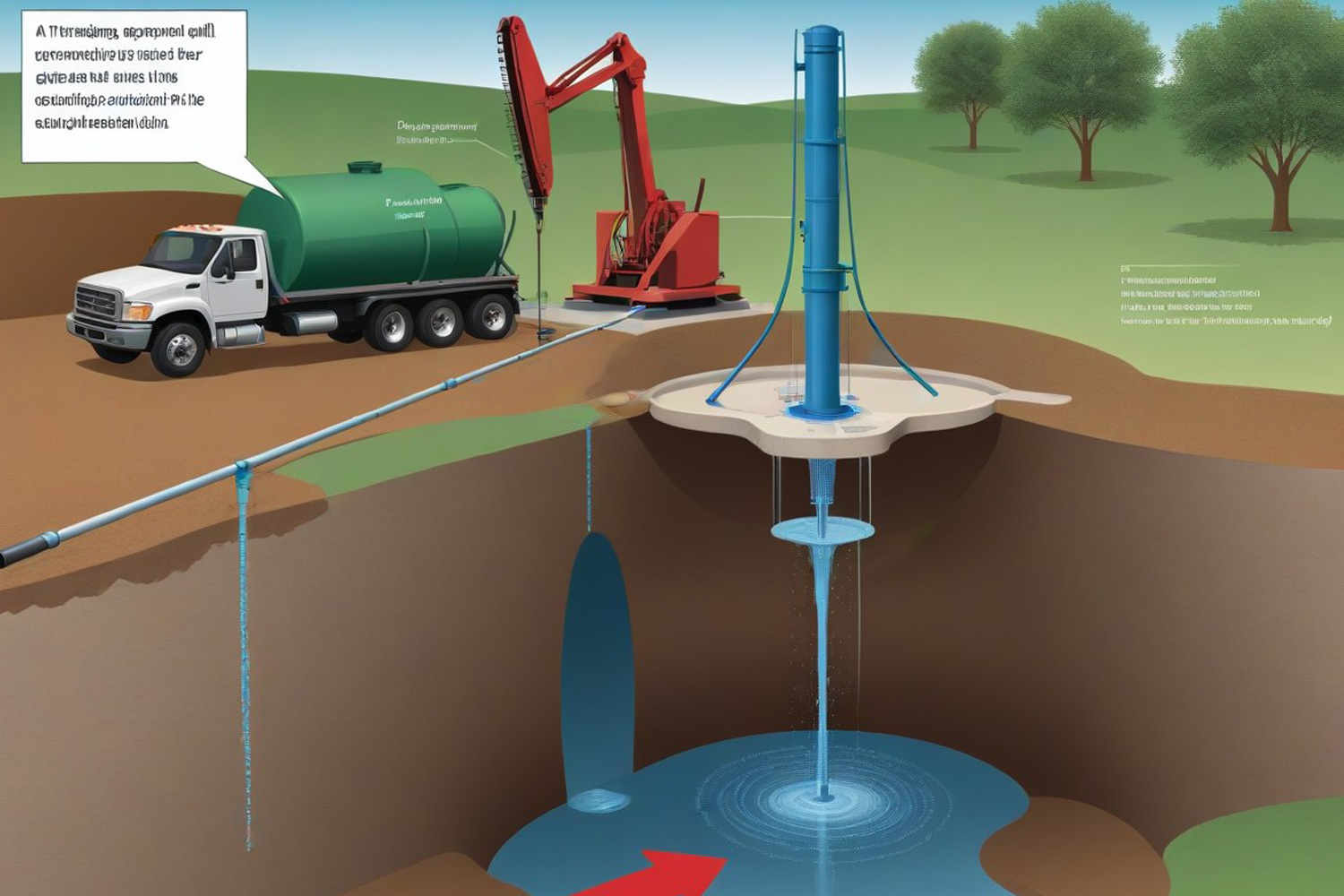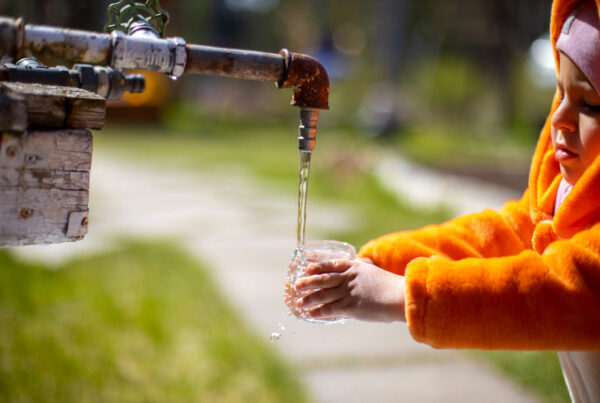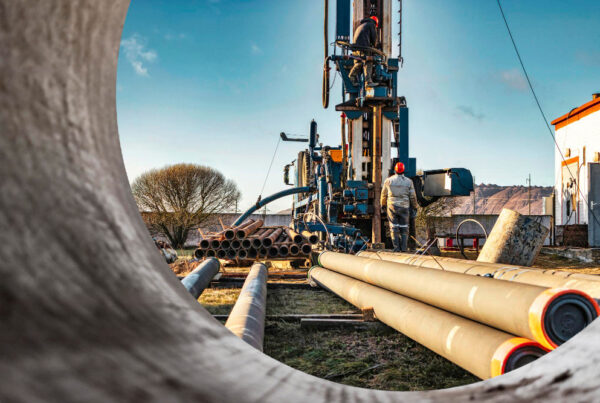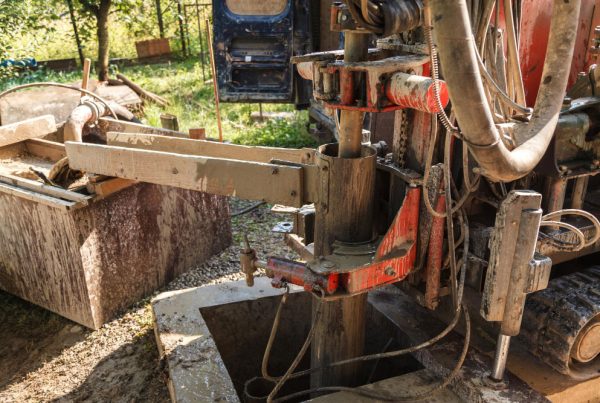Water wells play a crucial role in accessing groundwater for various purposes, from domestic use to agricultural irrigation and industrial applications. Understanding how water wells work is essential for ensuring reliable access to clean and sustainable water sources. In this article, we will explore the process of groundwater extraction through water wells, from drilling to pumping, and discuss the principles behind their operation.
1. Drilling Process:
The first step in creating a water well is drilling into the ground to access the aquifer, a natural underground reservoir of water. Drilling methods vary depending on factors such as soil composition, depth of the water table, and local geological conditions. Common drilling techniques include rotary drilling, percussion drilling, and auger drilling, each suited to different soil types and depths.
2. Casing Installation:
Once the desired depth is reached, a casing is installed into the borehole to prevent collapse and contamination of the well. The casing is typically made of steel or PVC and is perforated to allow water to flow into the well while keeping out debris and sediment. Gravel packing may be added around the casing to further protect the well and improve water flow.
3. Well Development:
After drilling and casing installation, the well undergoes a process called development to remove drilling mud, fine particles, and other debris that may have accumulated during drilling. This is typically achieved through methods such as surging, jetting, or pumping, which help to clean and stabilize the well and improve its efficiency.
4. Pump Installation:
Once the well is developed, a pump is installed to extract water from the aquifer and bring it to the surface. The type of pump used depends on factors such as well depth, water quality, and desired flow rate. Common types of pumps include submersible pumps, centrifugal pumps, and jet pumps, each suited to different well configurations and operating conditions.
5. Water Extraction:
The pump draws water from the aquifer through the casing and delivers it to the surface for use. Water is typically stored in a storage tank or reservoir before being distributed to end-users through a network of pipes or channels. Depending on the application, water may undergo treatment processes such as filtration, disinfection, and desalination to ensure it meets quality standards.
6. Monitoring and Maintenance:
Regular monitoring and maintenance of water wells are essential to ensure their continued operation and longevity. This includes periodic inspections, water level measurements, and pump performance checks to identify any issues and address them promptly. Proper maintenance practices help to prevent contamination, corrosion, and mechanical failures, ensuring the reliability and safety of the water supply.
Conclusion:
Water wells provide a vital source of clean and sustainable water for communities around the world. Understanding the process of groundwater extraction through water wells, from drilling to pumping, is essential for ensuring reliable access to this precious resource. By following proper drilling, installation, and maintenance practices, we can harness the power of water wells to meet our growing water needs while safeguarding the environment for future generations.






